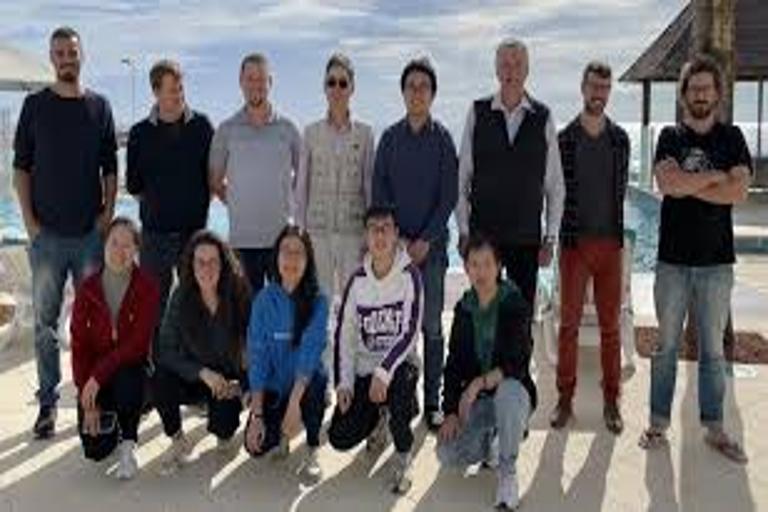A new telescope array located in Western Sydney is capturing global attention for its advanced capabilities and bold mission to reshape Australian astronomy. The $80 million facility, funded through a collaboration between federal agencies and several universities, officially began operations this month and is already producing data that promises to enhance our understanding of deep space phenomena.
Known as the Murrumbidgee Array, the facility includes 64 interconnected dishes spread across a former agricultural site outside Penrith. Each dish is equipped with next-generation sensors capable of detecting faint radio waves from billions of light years away, offering scientists unprecedented clarity in mapping the early universe.
Dr. Clara Khoury, the project’s lead astrophysicist, describes the array as a 'quantum leap' for Australia’s space research capacity. 'We’ve built something here that competes with the best in the world,' she said at the opening ceremony. 'This is not just a telescope — it’s a doorway into the origin of galaxies and black holes.'
The project was years in the making and required extensive consultation with local communities, including Indigenous groups who raised concerns about potential disruption to traditional lands. A cultural heritage team was brought on board early in development, and several ceremonial zones were formally protected during construction.
Technologically, the array boasts one of the most sensitive time-delay correlation systems ever deployed in the southern hemisphere. This allows researchers to link images from each dish in real time, synthesizing a picture with the resolution equivalent of a single 6-kilometre-wide antenna.
One of the early goals of the array is to help identify what astrophysicists call Fast Radio Bursts — mysterious, high-energy flashes that last only milliseconds but can carry massive amounts of energy. 'We still don’t know where many of these bursts come from,' said Dr. Khoury. 'The Murrumbidgee Array will help us triangulate and classify them with new accuracy.'
Aside from cosmic study, the site has also become a hub for education and outreach. Several local high schools have already visited on field trips, and a public viewing platform is scheduled to open later this year. 'It’s important that this isn’t just a science site — it’s a community site too,' said outreach coordinator Jamie Wu.
The facility is expected to produce petabytes of raw data annually, requiring high-capacity fiber optic links and collaboration with data scientists at the University of Sydney and CSIRO. Specialized AI models are being developed to filter and analyze the influx of space signals.
International researchers have also taken notice. A visiting delegation from Japan’s National Astronomical Observatory praised the array’s configuration and suggested possible data-sharing agreements in the future. Collaborative ties are also being explored with South Africa’s MeerKAT telescope and the Square Kilometre Array project.
Environmental impact assessments were a major part of the approval process. Solar panels now power nearly 90% of the site’s operations, and all facility lighting is low-impact to preserve nighttime visibility for astronomers and wildlife alike.
Dr. Khoury believes the array will change how Australians see themselves in the global space conversation. 'We’ve always been underdogs in astronomy,' she said. 'But now we’re leaders. We’re mapping the universe from Western Sydney, and the world is watching.'
The telescope has already begun collecting high-resolution images of galactic clusters and radio quasars. A full public data release is planned for the end of the year, which is expected to attract interest from amateur astronomers and academic institutions alike.
As the sun set over the horizon during the launch ceremony, the dishes pivoted in silent unison toward the sky — a powerful symbol of Australia’s rising presence in space exploration. For the team behind the Murrumbidgee Array, it marked not an end, but the beginning of a bold scientific journey.
